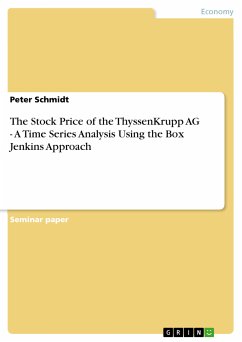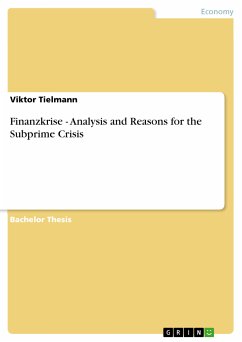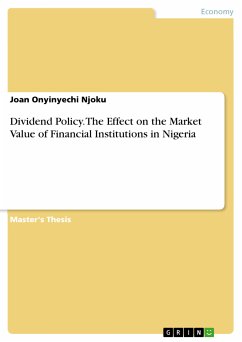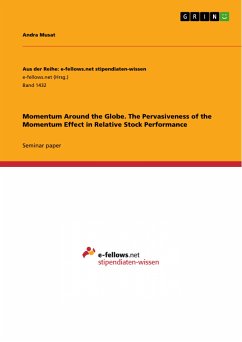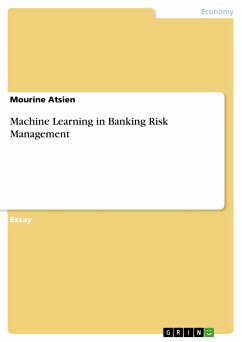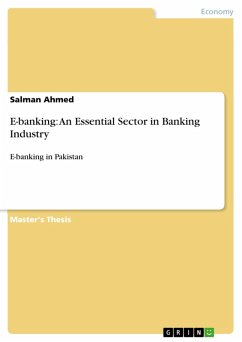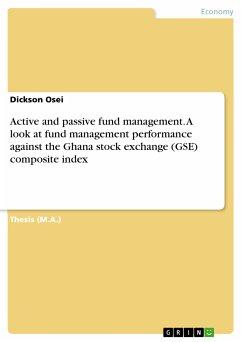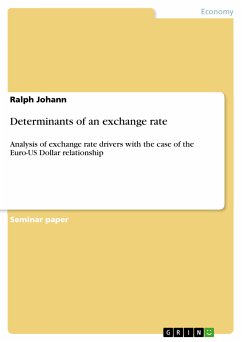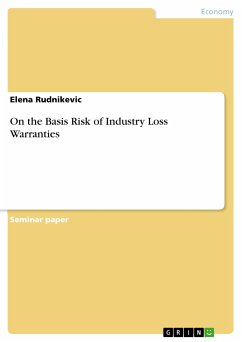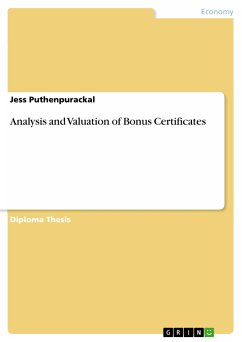
Analysis and Valuation of Bonus Certificates (eBook, PDF)
Versandkostenfrei!
Sofort per Download lieferbar
Statt: 47,95 €**
36,99 €
inkl. MwSt. und vom Verlag festgesetzt.
**Preis der gedruckten Ausgabe (Broschiertes Buch)
Alle Infos zum eBook verschenkenWeitere Ausgaben:

PAYBACK Punkte
0 °P sammeln!
Diploma Thesis from the year 2008 in the subject Business economics - Banking, Stock Exchanges, Insurance, Accounting, grade: 1,8, University of Applied Sciences Essen, language: English, abstract: Since 1989, retail certificates have become core in the field of retail banking (Pilz 2006). Particularly, the stock crash between 2000 and 2003 has fostered the success story of these investment products because many private investors have sustained enormous losses with their stock exposures. Therefore, they have been looking for alternatives to traditional investment forms which are lower in risk ...
Diploma Thesis from the year 2008 in the subject Business economics - Banking, Stock Exchanges, Insurance, Accounting, grade: 1,8, University of Applied Sciences Essen, language: English, abstract: Since 1989, retail certificates have become core in the field of retail banking (Pilz 2006). Particularly, the stock crash between 2000 and 2003 has fostered the success story of these investment products because many private investors have sustained enormous losses with their stock exposures. Therefore, they have been looking for alternatives to traditional investment forms which are lower in risk but gaining satisfactory returns (Schiereck 2004). In order to fall in line with this growing specific demand of investors, major German banks have invented the new asset class of retail certificates. These products can offer depositors characteristics for every market scenario as its explicit strength (Löhr and Cremers 2007). This booming development reached its peak in December 2007, as German private investors hold 135 bn EUR of retail certificates in their deposits (Barthel 2008). Because of their attractive risk-return profile, Bonus Certificates, which were issued for the first time by the German bank Sal. Oppenheim in 2003, have gained a key position in this sector with a market share of 21.9% (Fischer 2008). The barrage of newly issued products has led to the circumstance that many private investors are facing the problem of lack in transparency concerning the structure of Bonus Certificates. The present diploma thesis intends to provide the reader an extensive overview on the investment segment of Bonus Certificates. Thereby the author focuses on the conception and pricing of this financial structured product in order to develop an investment guideline for investors, how to deal with this complex derivative. In particular, the author analyses the influence of the input factors, both on each embedded option component and on the Bonus Certificate as a whole. Hence, investors may get a better insight of the disproportionate valuation of Bonus Certificates over maturity. Due to current negative market situation, the author has also a look into the impact of issuer's default risk and barrier violation on Bonus Certificates.
Dieser Download kann aus rechtlichen Gründen nur mit Rechnungsadresse in A, B, BG, CY, CZ, D, DK, EW, E, FIN, F, GR, HR, H, IRL, I, LT, L, LR, M, NL, PL, P, R, S, SLO, SK ausgeliefert werden.




